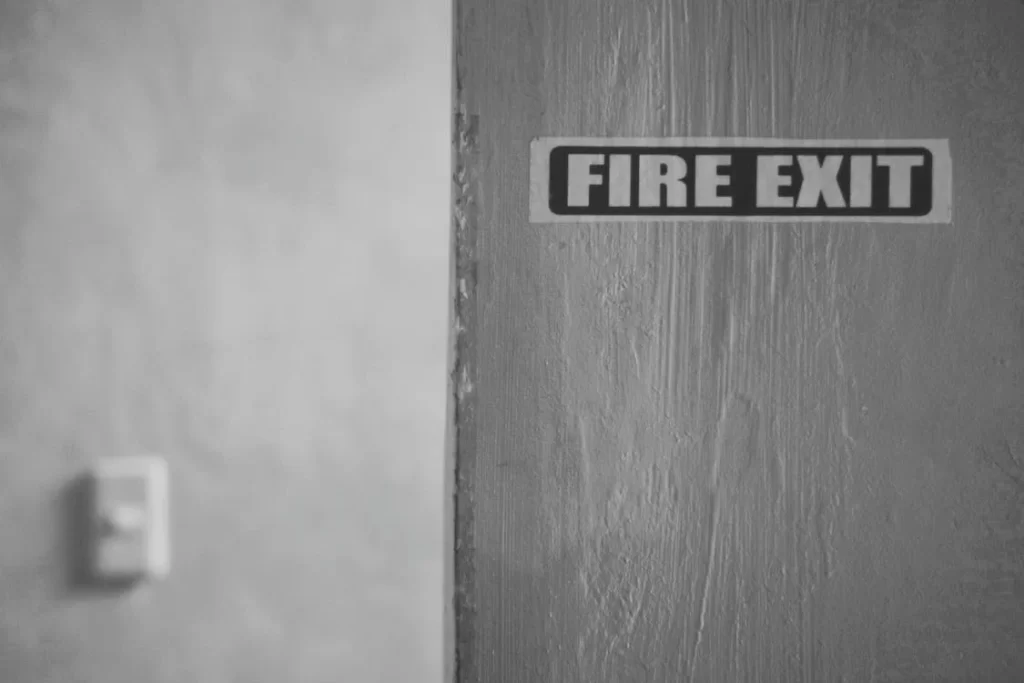The Importance of Emergency Lighting and Fire Safety Systems
In the modern landscape of safety and security, the critical roles played by emergency lighting and fire safety systems are irrefutable.
These integral components of building infrastructure are not merely conveniences but essential life-saving tools during emergencies.
As we navigate the complexities of ensuring the safety of buildings and their occupants, the stringent adherence to safety standards highlights the undeniable importance of these systems.
This blog delves deeper into the reasons why emergency lighting and fire safety systems are indispensable to creating a safe environment.
Essential for Safe Evacuation
At the heart of emergency preparedness is the capability for safe and swift evacuation.
Emergency lighting systems are pivotal in this regard, especially in scenarios where primary lighting fails due to power outages or infrastructure damage.
UK regulations mandate the presence of emergency lighting in all public buildings and workplaces, underscoring its significance.
These systems illuminate escape routes, exits, and essential safety equipment, guiding occupants to safety in an orderly manner, thereby mitigating potential injuries or worse during chaotic evacuations.
The psychological benefit of emergency lighting cannot be understated; it significantly lowers panic levels, providing a semblance of calm and direction amid crisis.
Advancements in Fire Detection and Suppression
Fire safety systems are an elaborate network of tools and technologies designed to detect, alert, and extinguish fires.
This network includes sophisticated smoke detectors, audible and visual fire alarms, automated sprinkler systems, and accessible fire extinguishers.
The advancement in sensor technology has greatly enhanced early fire detection capabilities, enabling quicker response times and potentially saving lives by preventing fire escalation.
Automated sprinkler systems further complement these efforts by acting swiftly to control or extinguish fires, dramatically reducing damage and risk to human life.
Legal and Regulatory Compliance
The UK’s legal framework, particularly The Regulatory Reform (Fire Safety) Order 2005, sets a comprehensive standard for fire safety management in non-domestic premises.
This regulation underscores the legal obligation to install, maintain, and periodically test emergency lighting and fire safety systems.
The implications of non-compliance are severe, ranging from hefty fines to imprisonment, highlighting the gravity with which these matters are taken.
Beyond the legal implications, adherence to these standards is a testament to an entity’s commitment to safeguarding lives and property.

The Impact of Technological Innovations
Technological advancements have dramatically transformed emergency lighting and fire safety systems, making them more efficient, reliable, and interconnected.
LED technology, for instance, has revolutionized emergency lighting with its long life span, efficiency, and brightness.
Similarly, smart fire detection systems that offer real-time monitoring and alerts have become invaluable assets in fire safety management.
These technologies not only enhance the functionality of safety systems but also integrate seamlessly into broader building management systems, facilitating a holistic approach to building safety.
Training, Drills, and Awareness
The human element is pivotal in the effective use of emergency lighting and fire safety systems.
Regular training sessions, evacuation drills, and awareness campaigns are critical in preparing occupants for emergency situations.
These initiatives ensure that everyone knows how to act swiftly and safely when an alarm sounds, where the nearest exits are, and how to use fire extinguishers correctly.
Empowering individuals with this knowledge significantly enhances the overall effectiveness of safety systems during emergencies.
Towards a Safer Future
Looking ahead, the continued evolution of emergency lighting and fire safety systems is imperative to meet the demands of modern buildings and the safety of their occupants.
As technologies advance and regulatory landscapes evolve, the emphasis must remain on improving and adapting these systems to new challenges.
For businesses, property owners, and individuals, the investment in state-of-the-art emergency lighting and fire safety systems is not just a regulatory requirement but a moral imperative to protect human life and property.
In summary, the critical importance of emergency lighting and fire safety systems in ensuring the safety and security of buildings cannot be overstated.
They are fundamental components that contribute significantly to the safe evacuation of occupants, early detection and suppression of fires, and compliance with legal standards.
As we move forward, the focus must remain on leveraging technological advancements, fostering a culture of safety and preparedness, and continuously improving these vital systems.
In doing so, we not only adhere to legal obligations but also affirm our commitment to protecting lives and ensuring a safer future for all.
Got Questions? Contact us for any help with your fire and electrical needs.
